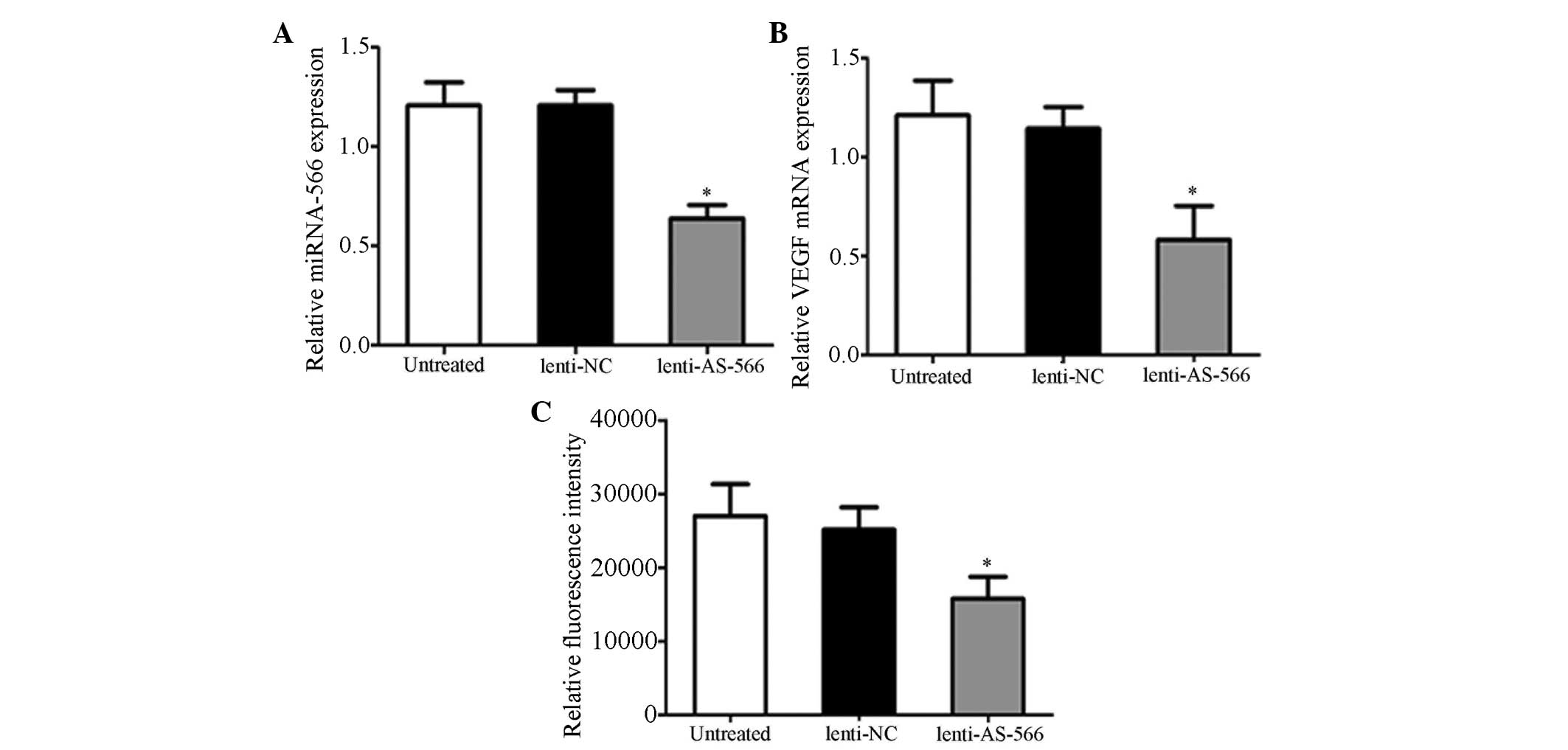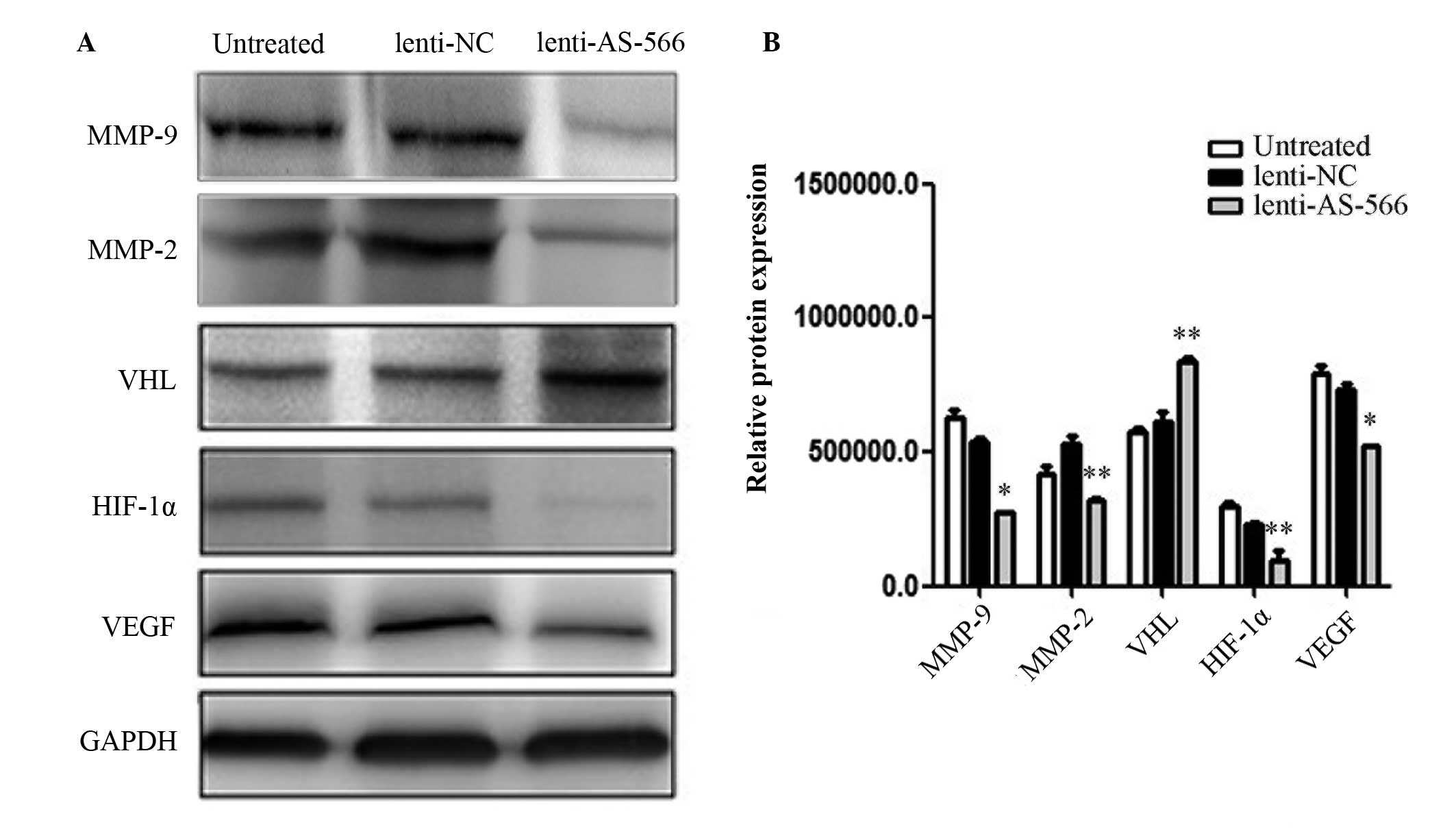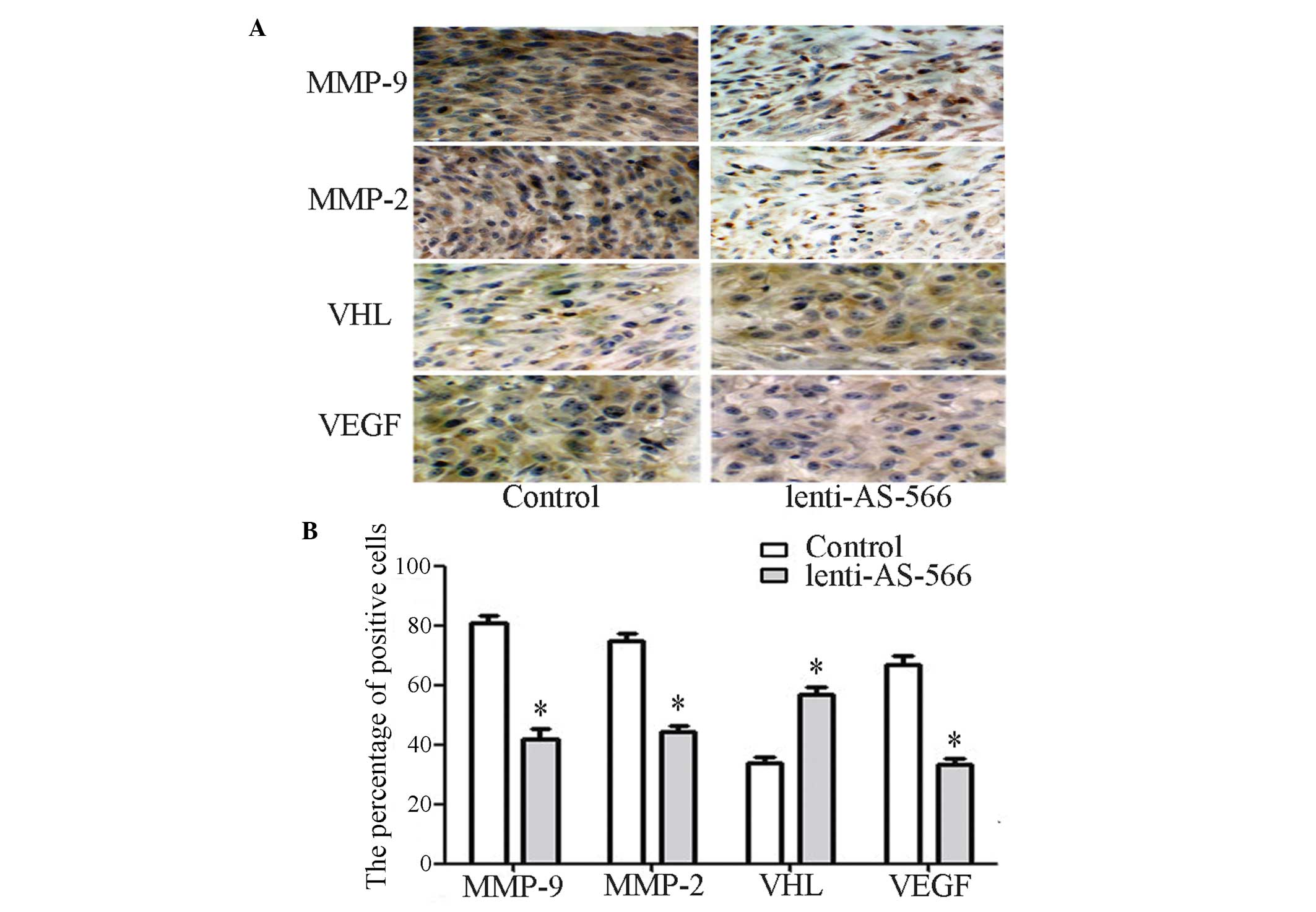|
1
|
Krex D, Klink B, Hartmann C, von Deimling
A, Pietsch T, Simon M, Sabel M, Steinbach JP, Heese O, Reifenberger
G, Weller M and Schackert G; German Glioma Network: Long-term
survival with glioblastoma multiforme. Brain. 130:2596–2606. 2007.
View Article : Google Scholar : PubMed/NCBI
|
|
2
|
Stupp R, Mason WP, van den Bent MJ, Weller
M, Fisher B, Taphoorn MJ, Belanger K, Brandes AA, Marosi C, Bogdahn
U, et al European Organisation for Research and Treatment of Cancer
Brain Tumor and Radiotherapy Groups; National Cancer Institute of
Canada Clinical Trial Group: Radiotherapy plus concomitant and
adjuvant temozolomide for glioblastoma. N Engl J Med. 352:987–996.
2005. View Article : Google Scholar : PubMed/NCBI
|
|
3
|
Gabayan AJ, Green SB, Sanan A, Jenrette J,
Schultz C, Papagikos M, Tatter SP, Patel A, Amin P, Lustig R, et
al: GliaSite brachytherapy for treatment of recurrent malignant
gliomas: A retrospective multi-institutional analysis.
Neurosurgery. 58:701–709. 2006. View Article : Google Scholar : PubMed/NCBI
|
|
4
|
Giunti L, Pantaleo M, Sardi I, Provenzano
A, Magi A, Cardellicchio S, Castiglione F, Tattini L, Novara F,
Buccoliero AM, et al: Genome-wide copy number analysis in pediatric
glioblastoma multiforme. Am J Cancer Res. 4:293–303.
2014.PubMed/NCBI
|
|
5
|
Kirsch M, Schackert G and Black PM:
Angiogenesis, metastasis, and endogenous inhibition. J Neurooncol.
50:173–180. 2000. View Article : Google Scholar
|
|
6
|
Carroll RS, Zhang J, Bello L, Melnick MB,
Maruyama T and McL Black P: KDR activation in astrocytic neoplasms.
Cancer. 86:1335–1341. 1999. View Article : Google Scholar : PubMed/NCBI
|
|
7
|
Oshika Y, Nakamura M, Tokunaga T, Ohnishi
Y, Abe Y, Tsuchida T, Tomii Y, Kijima H, Yamazaki H, Ozeki Y, et
al: Ribozyme approach to downregulate vascular endothelial growth
factor (VEGF) 189 expression in non-small cell lung cancer (NSCLC).
Eur J Cancer. 36:2390–2396. 2000. View Article : Google Scholar : PubMed/NCBI
|
|
8
|
Zhang X, Wu J and Gao D: Experimental
research of gene therapy for human gliomas with vascular
endothelial growth factor(165) antisense RNA. Zhonghua Yi Xue Za
Zhi. 80:386–388. 2000.In Chinese.
|
|
9
|
Drake CJ, LaRue A, Ferrara N and Little
CD: VEGF regulates cell behavior during vasculogenesis. Dev Biol.
224:178–188. 2000. View Article : Google Scholar : PubMed/NCBI
|
|
10
|
Kefas B, Godlewski J, Comeau L, Li Y,
Abounader R, Hawkinson M, Lee J, Fine H, Chiocca EA, Lawler S and
Purow B: microRNA-7 inhibits the epidermal growth factor receptor
and the Akt pathway and is down-regulated in glioblastoma. Cancer
Res. 68:3566–3572. 2008. View Article : Google Scholar : PubMed/NCBI
|
|
11
|
Zhang Y, Dutta A and Abounader R: The role
of microRNAs in glioma initiation and progression. Front Biosci
(Landmark Ed). 17:700–712. 2012. View
Article : Google Scholar
|
|
12
|
Haapa-Paananen S, Chen P, Hellström K,
Kohonen P, Hautaniemi S, Kallioniemi O and Perälä M: Functional
profiling of precursor MicroRNAs identifies MicroRNAs essential for
glioma proliferation. PLoS One. 8:e609302013. View Article : Google Scholar : PubMed/NCBI
|
|
13
|
Xiong J, Bing Z, Su Y, Deng D and Peng X:
An integrated mRNA and microRNA expression signature for
glioblastoma multiforme prognosis. PLoS One. 9:e984192014.
View Article : Google Scholar : PubMed/NCBI
|
|
14
|
Chen L, Li H, Han L, Zhang K, Wang G, Wang
Y, Liu Y, Zheng Y, Jiang T, Pu P, et al: Expression and function of
miR-27b in human glioma. Oncol Rep. 26:1617–1621. 2011.PubMed/NCBI
|
|
15
|
Chen L, Zhang W, Yan W, Han L, Zhang K,
Shi Z, Zhang J, Wang Y, Li Y, Yu S, et al: The putative tumor
suppressor miR-524-5p directly targets Jagged-1 and Hes-1 in
glioma. Carcinogenesis. 33:2276–2282. 2012. View Article : Google Scholar : PubMed/NCBI
|
|
16
|
Zhang KL, Zhou X, Han L, Chen LY, Chen LC,
Shi ZD, Yang M, Ren Y, Yang JX, Frank TS, et al: MicroRNA-566
activates EGFR signaling and its inhibition sensitizes glioblastoma
cells to nimotuzumab. Mol Cancer. 13:632014. View Article : Google Scholar : PubMed/NCBI
|
|
17
|
Tanase CP, Enciu AM, Mihai S, Neagu AI,
Calenic B and Cruceru ML: Anti-cancer therapies in high grade
gliomas. Curr Proteomics. 10:246–260. 2013. View Article : Google Scholar : PubMed/NCBI
|
|
18
|
Odjélé A, Charest D and Morin P Jr: miRNAs
as important drivers of glioblastomas: a no-brainer? Cancer
Biomark. 11:245–252. 2012.PubMed/NCBI
|
|
19
|
Gabriely G, Yi M, Narayan RS, Niers JM,
Wurdinger T, Imitola J, Ligon KL, Kesari S, Esau C, Stephens RM,
Tannous BA and Krichevsky AM: Human glioma growth is controlled by
microRNA-10b. Cancer Res. 71:3563–3572. 2011. View Article : Google Scholar : PubMed/NCBI
|
|
20
|
Gaur AB, Holbeck SL, Colburn NH and Israel
MA: Downregulation of Pdcd4 by mir-21 facilitates glioblastoma
proliferation in vivo. Neuro Oncol. 13:580–590. 2011. View Article : Google Scholar : PubMed/NCBI
|
|
21
|
Zinnamosca L, Laudisi A, Petramala L,
Marinelli C, Roselli M, Vitolo D, Montesani C and Letizia C: von
Hippel Lindau disease with colon adenocarcinoma, renal cell
carcinoma and adrenal pheochromocytoma. Intern Med. 52:1599–1603.
2013. View Article : Google Scholar : PubMed/NCBI
|
|
22
|
Chen L, Han L, Zhang K, Shi Z, Zhang J,
Zhang A, Wang Y, Song Y, Li Y, Jiang T, et al: VHL regulates the
effects of miR-23b on glioma survival and invasion via suppression
of HIF-1α/VEGF and β-catenin/Tcf-4 signaling. Neuro Oncol.
14:1026–1036. 2012. View Article : Google Scholar : PubMed/NCBI
|
|
23
|
Guo Y, Meng X, Ma J, Zheng Y, Wang Q, Wang
Y and Shang H: Human papillomavirus 16 E6 contributes HIF-1α
induced warburg effect by attenuating the VHL-HIF-1α interaction.
Int J Mol Sci. 15:7974–7986. 2014. View Article : Google Scholar : PubMed/NCBI
|
|
24
|
Kang CS, Pu PY, Li YH, Zhang ZY, Qiu MZ,
Huang Q and Wang GX: An in vitro study on the suppressive effect of
glioma cell growth induced by plasmid-based small interference RNA
(siRNA) targeting human epidermal growth factor receptor. J
Neurooncol. 74:267–273. 2005. View Article : Google Scholar : PubMed/NCBI
|
|
25
|
Kim JY, Grunke SD, Levites Y, Golde TE and
Jankowsky JL: Intracerebroventricular viral injection of the
neonatal mouse brain for persistent and widespread neuronal
transduction. J Vis Exp. 91:518632014.PubMed/NCBI
|
|
26
|
Könnecke H and Bechmann I: The role of
microglia and matrix metalloproteinases involvement in
neuroinflammation and gliomas. Clin Dev Immunol. 2013:9141042013.
View Article : Google Scholar : PubMed/NCBI
|
|
27
|
Gabriely G, Wurdinger T, Kesari S, Esau
CC, Burchard J, Linsley PS and Krichevsky AM: MicroRNA 21 promotes
glioma invasion by targeting matrix metalloproteinase regulators.
Mol Cell Biol. 28:5369–5380. 2008. View Article : Google Scholar : PubMed/NCBI
|
|
28
|
Ferrara N: Vascular endothelial growth
factor: Molecular and biological aspects. Curr Top Microbiol
Immunol. 237:1–30. 1999.PubMed/NCBI
|
|
29
|
Baldewijns MM, van Vlodrop IJ, Vermeulen
PB, Soetekouw PM, van Engeland M and de Bruïne AP: VHL and HIF
signalling in renal cell carcinogenesis. J Pathol. 221:125–138.
2010. View Article : Google Scholar : PubMed/NCBI
|
|
30
|
Linehan WM, Rubin JS and Bottaro DP: VHL
loss of function and its impact on oncogenic signaling networks in
clear cell renal cell carcinoma. Int J Biochem Cell Biol.
41:753–756. 2009. View Article : Google Scholar :
|
|
31
|
Chen F, Kishida T, Duh FM, Renbaum P,
Orcutt ML, Schmidt L and Zbar B: Suppression of growth of renal
carcinoma cells by the von Hippel-Lindau tumor suppressor gene.
Cancer Res. 55:4804–4807. 1995.PubMed/NCBI
|
|
32
|
Fang Y, Yu S, Ma Y, Sun P, Ma D, Ji C and
Kong B: Association of Dll4/notch and HIF-1a-VEGF signaling in the
angiogenesis of missed abortion. PloS One. 8:e706672013. View Article : Google Scholar
|














